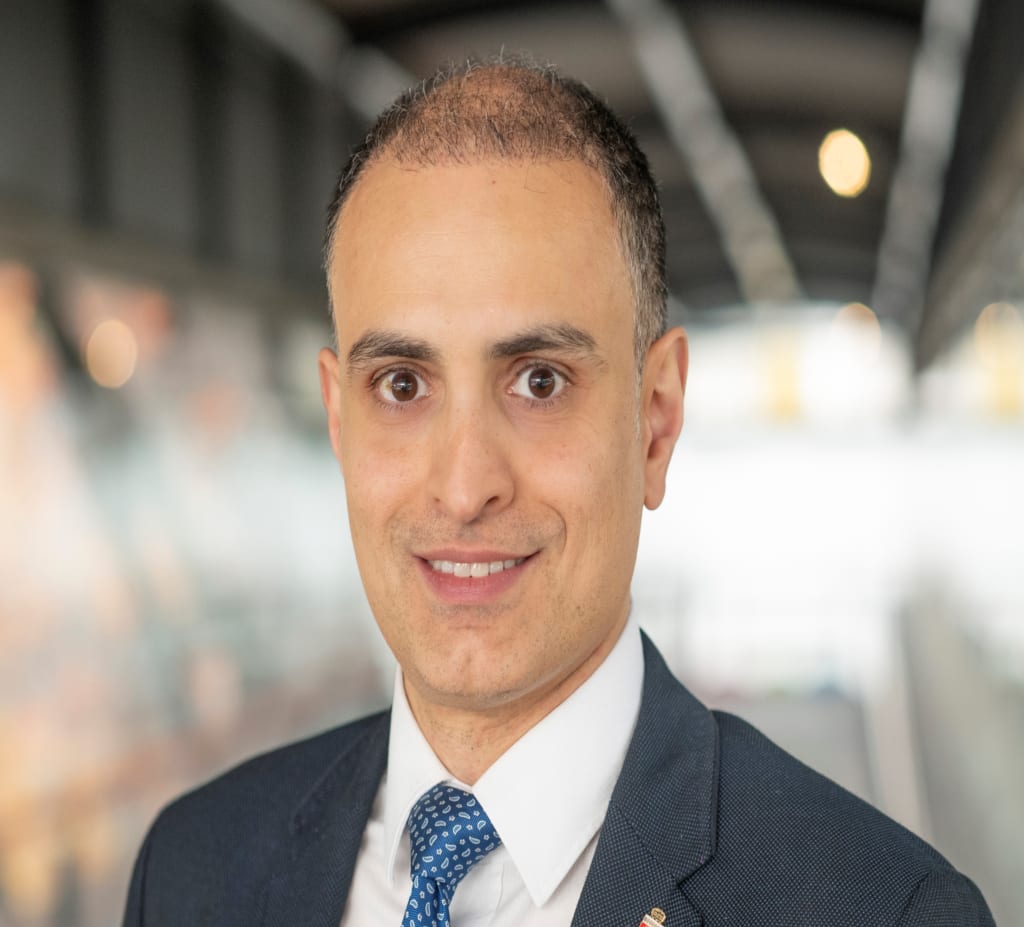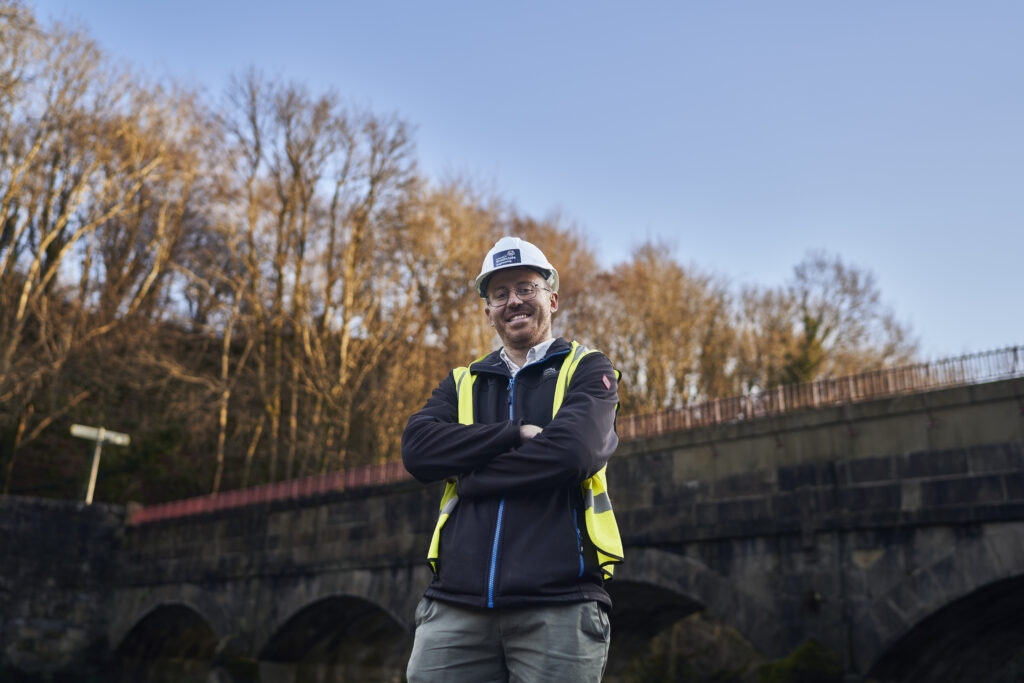“My personal views are not relevant; I’m more interested in other people’s arguments,” explains environmental psychologist and geographer Patrick Devine-Wright, who is determined to better understand how the ambitions of corporations align with the needs of communities around infrastructure development.
In particular, he is keen to capture people’s thoughts and facilitate fair discussion associated with proposals to develop renewable energy projects, such as onshore wind farms and biomass power stations.
“I want to hear what local residents say, where companies are coming from and what councils think – and to connect it all up,” he explains. “Communications around new projects tend to be poor; communities have little trust in companies, and companies don’t engage enough with communities. There is much more we can all do to create a better way for infrastructure planning.”
Patrick is the newly appointed director of social science network ‘ACCESS’ which is looking to work with Connected Places Catapult and 3Ci to boost the skills of social scientists, to give them more of a primary role in environmental research projects. The ACCESS network – which stands for Advancing Capacity for Climate and Environment Social Science – has created a leadership college to support a cohort of 20 promising early career social scientists making a difference to tackle environmental problems.
Together, Connected Places Catapult and 3Ci are hosting community engagement workshops, with Patrick reflecting on his experiences and exploring how places can be changed for the better if local people remain fully involved. Outputs will also be fed into a forthcoming 3Ci community engagement guide.

















